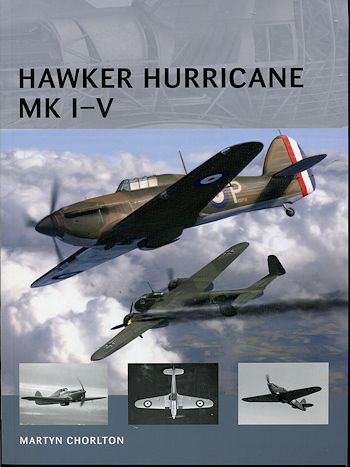 The
first modern monoplane fighter of the RAF was the Hawker Hurricane. Hawker had
been the mainstay of the RAF when it came to fighters since WWI. Initially, the
company was Sopwith, but after that endeavour went into bankruptcy following
WWI, it re-emerged with pretty much the same people as Hawker. Producing some of
the fastest aircraft of the interwar period such as the Hart bomber and Fury
fighter, the Hurricane was a logical progression from the biplane fighters.
The
first modern monoplane fighter of the RAF was the Hawker Hurricane. Hawker had
been the mainstay of the RAF when it came to fighters since WWI. Initially, the
company was Sopwith, but after that endeavour went into bankruptcy following
WWI, it re-emerged with pretty much the same people as Hawker. Producing some of
the fastest aircraft of the interwar period such as the Hart bomber and Fury
fighter, the Hurricane was a logical progression from the biplane fighters.
Still built pretty much like the earlier biplanes with a
tube frame covered in fabric except for the engine section, the Hurricane had an
enclosed hood, retractable landing gear, and was powered by the new Rolls-Royce
Merlin engine. It also had a heavy gun armament of eight license built Browning
machine guns. This was the first time guns were placed in the wings. Previous
guns used by the RAF, the Lewis, was prone to jamming so had to be close to the
pilot where the jam could be cleared. Thanks to the superiority of the Browning,
jamming was almost a thing of the past and this gun found its way into the
Spitfire and other follow-on fighters.
Overshadowed in the PR department by the Spitfire, it
was the Hurricane that bore the brunt of the fighting in France for the RAF, It
also played a big part in the Battle of Britain, where there were a lot more
Hurricanes than Spitfires. It was the Hurricane that fought in the desert and in
the Far East. Much of this was not only due to availability, but also to its
simple, but rugged construction. It made it an ideal Lend Lease plane for the
Soviets, who flew quite a few of these aircraft in the Northern Fleet. While not
as fast, it was quite maneuverable and 109 pilots soon learned not to dog-fight
against it.
As in other books in this series, the author, Martyn
Chorlon, covers the background and the development of the aircraft. We see how
it is used in various theathers of operation and how the aircraft improved over
the years. Unlike the Spitfire, the last Hurricane was nearly identical in looks
from the first Hurricane. All of the various marks are covered and there are
several pages of nice full color profiles. In addition, the back cover is a two
page cutaway of the Hurricane.
In all, it is another superb title in the Air Vanguard
series. A superb reference and a fine read as well. One I
can easily recommend to you.
March 2013
For more on the complete line of Osprey books,
visit www.ospreypublishing.com. In the US, it is
Osprey Direct at 44-02 23rd St, Suite 219, Long Island City, NY 11101., where you can
get a catalogue of available books.
If you would like your product reviewed fairly and
fairly quickly, please
contact
the editor or see other details in the
Note to
Contributors.
 The
first modern monoplane fighter of the RAF was the Hawker Hurricane. Hawker had
been the mainstay of the RAF when it came to fighters since WWI. Initially, the
company was Sopwith, but after that endeavour went into bankruptcy following
WWI, it re-emerged with pretty much the same people as Hawker. Producing some of
the fastest aircraft of the interwar period such as the Hart bomber and Fury
fighter, the Hurricane was a logical progression from the biplane fighters.
The
first modern monoplane fighter of the RAF was the Hawker Hurricane. Hawker had
been the mainstay of the RAF when it came to fighters since WWI. Initially, the
company was Sopwith, but after that endeavour went into bankruptcy following
WWI, it re-emerged with pretty much the same people as Hawker. Producing some of
the fastest aircraft of the interwar period such as the Hart bomber and Fury
fighter, the Hurricane was a logical progression from the biplane fighters.